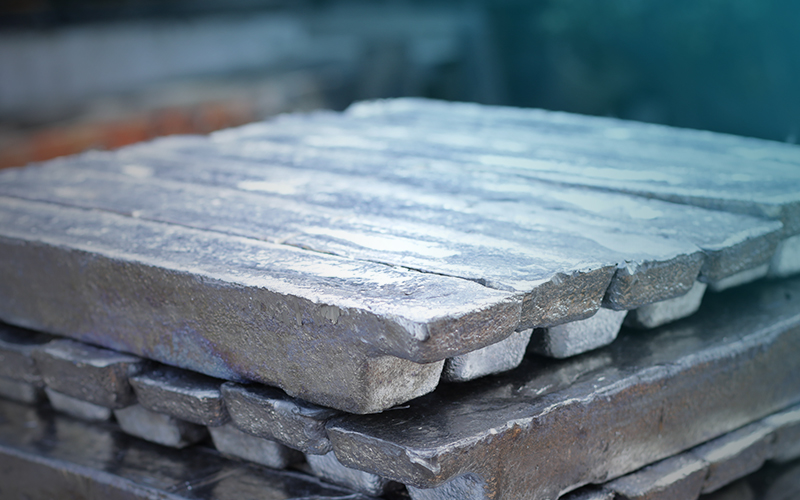
Ingredients / Composition
Cadmium alloys are typically formed by combining cadmium (Cd) with various base metals to modify physical or chemical properties like corrosion resistance, strength, or fusibility.
Common Cadmium Alloys:
Cadmium-Copper (Cd-Cu)
Cadmium: 0.5–1%
Copper: Balance
Improves conductivity and wear resistance
Cadmium-Zinc (Cd-Zn)
Cadmium: Varies (10–30%)
Zinc: Balance
Used in low-melting-point soldering applications
Cadmium-Nickel (Cd-Ni)
Used in rechargeable batteries (e.g., Ni-Cd batteries)
Cadmium-Silver (Cd-Ag)
Silver: 90–95%
Cadmium: 5–10%
Used in electrical contacts due to excellent conductivity and arc resistance
Usage of Cadmium Alloys
| Application Area | Details |
|---|---|
| Electrical Contacts | Cd-Ag alloy resists arcing and wear, ideal for switches and relays. |
| Batteries | Cadmium-nickel alloys are core materials in Ni-Cd rechargeable batteries. |
| Solder & Brazing Alloys | Cd-Zn and Cd-containing solders melt at low temperatures, ideal for electronics and glass-to-metal seals. |
| Coatings and Plating | Some Cd alloys are used for corrosion-resistant plating in aerospace and marine parts. |
| Bearings and Bushings | Cd-Cu improves fatigue resistance and wear properties in rotating equipment. |
Key Highlights
Excellent Electrical Conductivity: Particularly in Cd-Ag and Cd-Cu alloys.
Low Melting Points: Ideal for precision soldering and bonding.
Great Arc Resistance: Used in high-performance switchgear.
Stable Battery Chemistry: Still used in Ni-Cd battery systems.
Improved Wear Resistance: Enhances performance in mechanical systems like bushings.
FAQ
Cadmium-silver alloys provide excellent arc resistance and durability, making them ideal for high-reliability switching components.
Adding small amounts of cadmium to copper increases wear resistance and hardness without significantly reducing electrical conductivity.
Yes. Cadmium-nickel (Ni-Cd) batteries are known for their long cycle life, reliability, and performance in extreme temperatures.
Cadmium alloys lower the melting point of solders, making them suitable for precision electronics and glass-to-metal sealing.
They offer low melting points and good fluidity, making them suitable for die casting, soldering, and specific precision applications.



